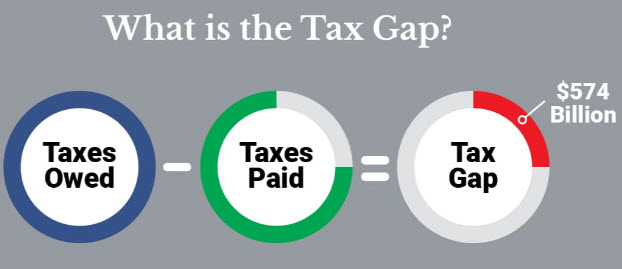Before taking the position as the IRS Commissioner, a reporter asked Charles Rossotti, “Were you ever in the military, and if you were, did you volunteer for a suicide mission?” Before running the IRS from 1997 to 2002, Rossotti was the co-founder, former chairman, and CEO of American Management Systems, Inc. He’s also the author of the book, Many Unhappy Returns. In this episode, we look at what Charles did to help turn around that beleaguered agency.
Interview Highlights
- Charles did not accept the position immediately
- Had already pulled backed from CEO to Chairman in the company he co-founded
- The Treasury Secretary wanted to hire a business person – many of the IRS issues were management problems
- First business person in 50 years to run the IRS
- One of the first employees at newly-formed BCG and its first MBA
- IRS position started in 1997 when there were technology failures, poor services, and heavy-handed collections practices
- Y2K issues were looming
- Simplification, strong management team, new mission statement, focused on balanced measurements, cultural changes
- Today’s issues at the IRS
What is Shrink the Tax Gap?
Charles Rossotti is now working with the non-profit organization he co-founded with Fred Forman, Shrink the Tax Gap.
During our interview, Charles stated that more than $574 billion goes uncollected in income each year. The non-profit reveals several strategies to shrink the tax gap, and you can learn more on their website.
Many Unhappy Returns
There are many memoirs and autobiographies by CEOs. But rarely do you find a book by a CEO where there are strong management themes. That was the case for Many Unhappy Returns by our guest.

This book is not just for large organizations and their CEOs and CFOs. Even those working in smaller organizations will gain many insights such as:
- finding a simple example of reducing complexity to a sound, simple plan
- reducing some 1,500 suggestions down to a vital few
- changing the mission statement to one that’s meaningful that inspires
- reorganizing while simplifying ensuring services levels are not compromised
- adding key management team members and moving others to better roles
- prioritizing the right technology
- figuring out the customer service conundrum
I’m glad Charles included the diagram on page 68 which reduces his action plan to a mission statement, a few guiding principles, some critical goals, the key enabling pillars shown below:

Other Interviews With Past CEOs or about Business Leaders
- Alan Mulally is an American Icon in Business
- ESOPs and Create Amazing with Greg Graves
- The Wisdom of Profit Wise with Jeff Morrill
- Howard Green Tells the Story of One of the Greatest CEOs Ever
- Paul Downs Reminds Us We Don’t Need to Be Steve Jobs or Jeff Bezos
- Dave Kellogg Addresses The Rule of 40, EPM, SaaS Metrics, and More


Leave a Reply